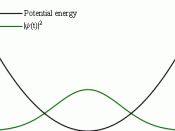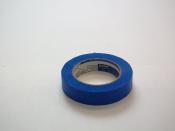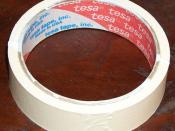Introduction
The purpose of this lab is to test Hooke's law, the law of elastic limit that states that the amount of stretch of something is directly proportional to the force applied. The test will be conducted by placing weights on the end of various springs and measuring their stretch. If the most weight is placed on the largest spring, then it will stretch the most.
Procedure/Materials
Materials needed:
- Ring stand/support tower
- 3 springs of carious sizes
- Paper clip
- Masking tape
- Meter stick
- Set of slotted masses
- Large rubber band
- Graph Paper
Procedure:
1. We first hung one of the springs, doesn't matter which one, from the paper clip, which was hung from our support stand. There was a measuring stick on the support, so we did not use the meter stick.
2. We then measured where the end of the paperclip rested, and used that as our theoretical zero.
3. We then attached different masses to the end of the spring. After every time we added a mass, we measured where the paperclip was resting, and recorded the mass in kilograms and stretch in meters into our data table.
4. We then repeated steps 1-3 for the other springs and the rubber band.
5. After we completed steps 1-4, we calculated the force of each mass by multiplying the mass in kilograms by 9.84 m/s, the earths gravitational pull, to get the force of each mass in Newton meters.
6. We then graphed the force (y-axis) vs. stretch (x-axis).
7. After graphing the lines, we found the spring constant for each spring by finding the slope of each spring's graph.
Data and Calculations
Mass Force Stretch Spring Constant
Spring 1 .4 kg 3.92 N .005 M 1.000
.5 4.9...


